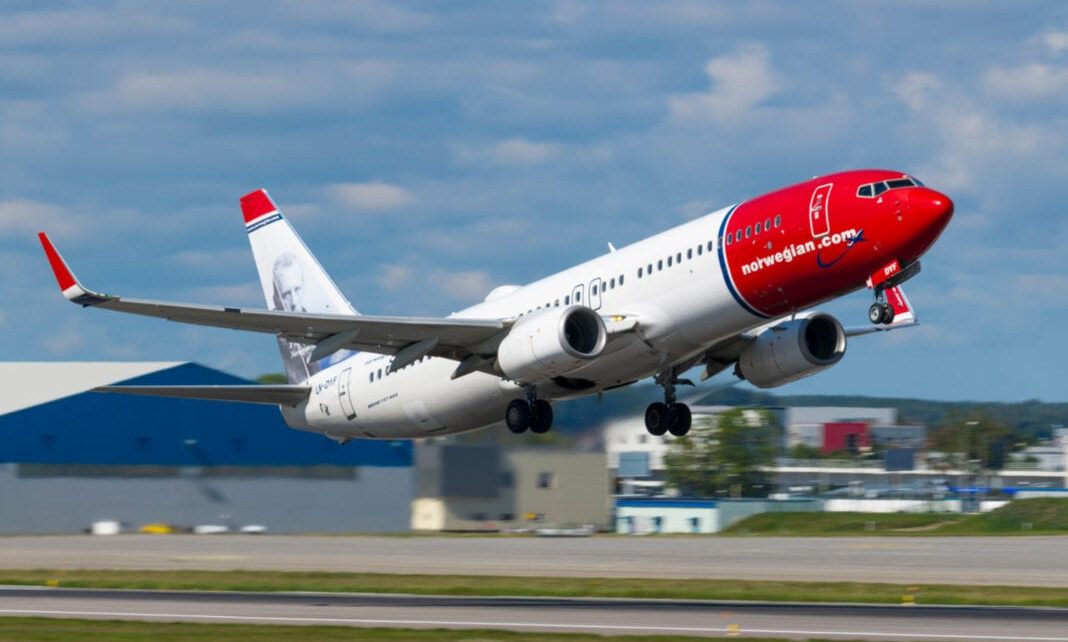The lack of a high-yielding cabin meant Norwegian Air could not generate sufficient profit, resulting in its exit from the market
Norwegian Air recently departing the long-haul game calls into question the business model’s viability going forward, as the airline’s high-cost base hindered its ability to turn a profit with a high proportion of its costs related to fuel.
This pitfall left Norwegian vulnerable to competition. Legacy carriers are able to subsidize basic economy fares with premium first- and business class tickets, a luxury that Norwegian did not have. The lack of a high-yielding cabin meant the airline could not generate sufficient profit, resulting in its exit from the market, which was also accelerated by the COVID-19 pandemic.
Norwegian’s attempt to disrupt the market, especially on transatlantic routes, was largely successful at the start. However, it did not take long for other carriers like British Airways and Delta to follow suit by introducing basic economy fares to compete. This resulted in price-conscious travelers, who valued comfort on a long-haul flight, selecting Norwegian’s competitors, leaving the airline in a price war that it could not afford.
More travelers will opt for domestic or short-haul trips for at least the short-term. The latest COVID-19 Recovery Survey (2 – 6 Dec 2020) showed that 39% of global respondents are likely to reduce international travel in the ‘new normal’ after the COVID-19 pandemic, compared to 28% who would reduce domestic travel. As a result, long haul carriers, especially low-cost, will be hampered in their recovery efforts as demand may not rebound to levels previously seen.




